By Professor Tiffany Banks On Tuesday, September 30th , students from my COMM 108: Foundations…
by Professor Matthew Decker
This past Thursday, March 6th, the new cohort of Smithsonian Faculty Fellows was invited behind the curtain at The Smithsonian National Museum of American History (NMAH). We were greeted by Philippa Rappoport, the Fellowship’s stalwart liaison for everything-Smithsonian, as well as three representatives of NMAL’s Latino Museum Studies Program (LMSP). Ana Reyes Albarracín, who oversees the Smithsonian’s National Museum of the American Latino’s internship program, initiated our first museum visit with the support of Olivia Joseph, Coordinator for the LMSP, and Carla Barefoot, one of the LMSP’s exceptional alumna. Together, this trio wowed their audience with stories of their mission, activities, and outcomes, and, collectively, the MC folks in the room recognized an incredibly valuable student leadership opportunity.
The Latino Museum Studies Program predates the to-be-realized National Museum of the American Latino (NMAL) but echoes the heart of what NMAL is designed to center and honor: the important contribution of Latinas and Latinos in shaping the nation. We actually had the opportunity to see a small but content-rich preview of what this mission looks like in action in ¡Presente! A Latino History of the United States, a must-see exhibit in NMAH. But, more on that later!
On annual basis, selected interns have been placed throughout the Smithsonian’s 21 museums to take part in curatorial, research-based projects. And, boy, are those projects fascinating! Olivia Joseph and Carla Barefoot both participated in the Program and shared especially glowing reviews of their experience, an experience I’d argue most fellows wished they could pursue themselves.
Carla, for example, supported the Smithsonian Early Enrichment Center (SEEC) at the National Museum of Natural History by curating its book selection. She even wrote her own books about Latina objects and stories. If interested, you can find Carla’s virtual book collection on the Smithsonian Learning Lab: https://learninglab.si.edu/profile/168601. Olivia, on the other hand, participated in a unique project dedicated to collections management and conservation. She supported object preservation projects, including one specific to a suit donated by Former United States Chairman of the Joint Chiefs of Staff Colin Powell.
Together, both LMSP representatives spoke to the power of their learning: the self-directed quality, the critical and creative thinking required, the inquiry-based investigation, the recognition of the past’s impact and the opportunities of the present’s storytelling. There’s no denying the value of the Program’s immersive, collaborative approach nor the impact of its professional mentorship. Whether seeking out expert guidance or leveraging soft skills or recognizing the long and winding road that often characterizes one’s journey toward a dream job, Carla and Olivia are well-prepared. Pay attention to those Employment Event Updates from Roberta Buckberg, dear readers! If our personal time machines aren’t exactly functional, we can at least connect our students with meaningful opportunities like those highlighted in NMAL’s Latino Museum Studies Program.
Interested in learning more about the LMSP? Check out this great informational webpage: https://latino.si.edu/learn/internships-and-fellowships/latino-museum-studies-program/undergraduate-internship. The LMSP is a cohort model that rewards selected interns with housing, travel, and a stipend. The application for this 12-week program is due on Mach 31st, 2025.
With ideas buzzing and cookies in hand, the Fellows were escorted to the next event: a walking tour through the Molina Family Latino Gallery. The incredibly generous Jorge Pérez-Ratcliffe, Programs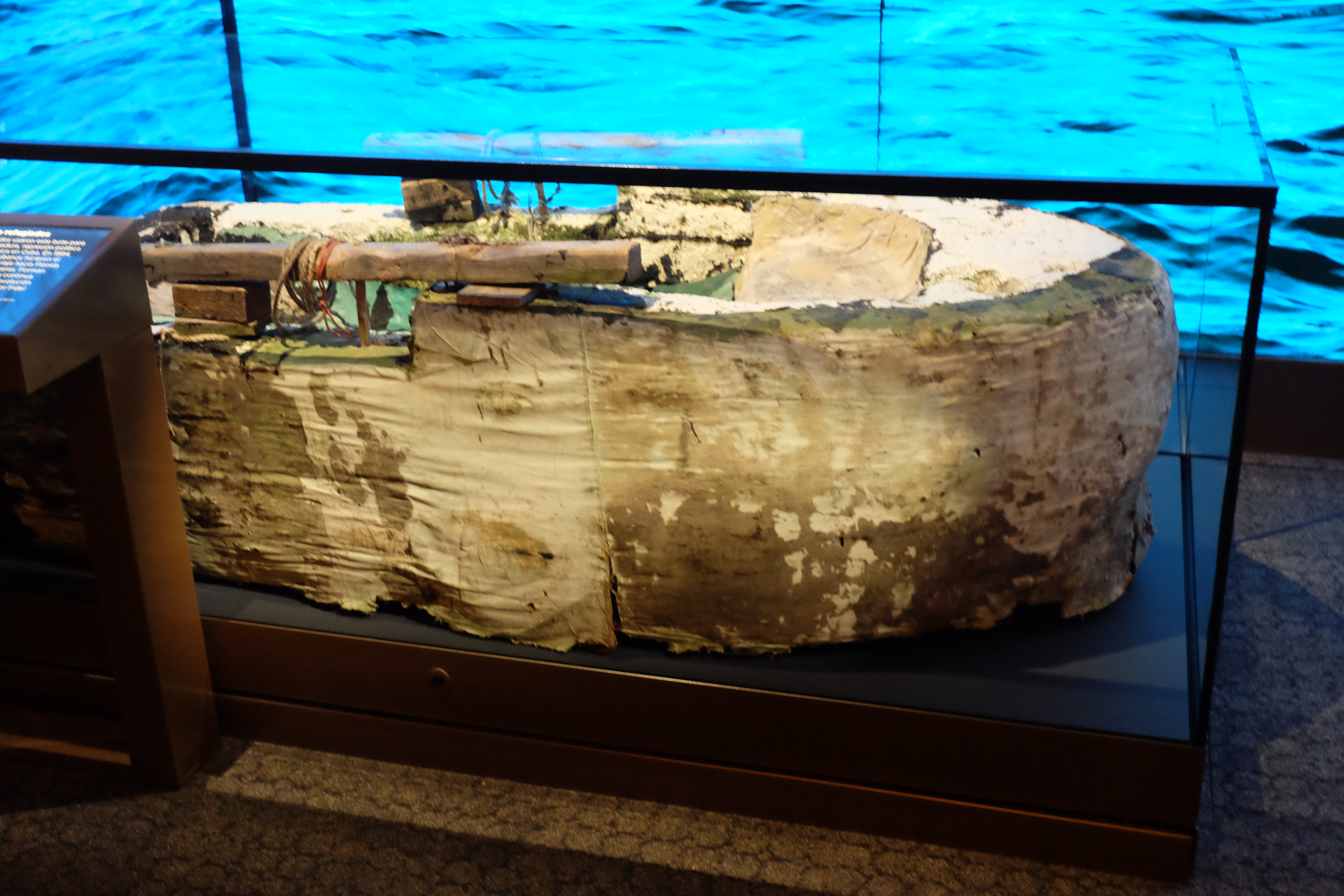 Coordinator for NMAL, guided us through ¡Presente! A Latino History of the United States. While crunched for time, Pérez-Ratcliffe adopted a comprehensive approach, bringing us to the very beginning of the exhibit’s timeline before guiding us from one gorgeous display case to another. We took in the beauty of Inditas Dance Regalia; we unpacked the symbolism in Augusto Marín’s homage to the abolition of slavery in Puerto Rico; we identified the materials Cuban balseros used to build a raft. Unfortunately, while this final activity was cut short due to our next scheduled exhibit visit, Pérez-Ratcliffe underscored the desperate hope and striking humanity that defined this raft and its creation. It’s quite an object to witness in person.
Coordinator for NMAL, guided us through ¡Presente! A Latino History of the United States. While crunched for time, Pérez-Ratcliffe adopted a comprehensive approach, bringing us to the very beginning of the exhibit’s timeline before guiding us from one gorgeous display case to another. We took in the beauty of Inditas Dance Regalia; we unpacked the symbolism in Augusto Marín’s homage to the abolition of slavery in Puerto Rico; we identified the materials Cuban balseros used to build a raft. Unfortunately, while this final activity was cut short due to our next scheduled exhibit visit, Pérez-Ratcliffe underscored the desperate hope and striking humanity that defined this raft and its creation. It’s quite an object to witness in person.
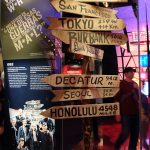 After saying goodbye to Jorge, we were greeted by Dr. Theodore S. Gonzalves, a curator of Asian-Pacific American History at NMAH. With a bit of contextual guidance, he invited us to explore the Entertainment Nation exhibit on our own. Our mission? Pinpoint an object or story that grabs your attention. Considering the veritable onslaught of images, sounds, lights, and narratives, though, Gonzalves’s request proved more challenging than expected. Before I wandered the sprawling space on my own, I felt pure glee as the fellows scattered in every direction. Professor Theron Coleman
After saying goodbye to Jorge, we were greeted by Dr. Theodore S. Gonzalves, a curator of Asian-Pacific American History at NMAH. With a bit of contextual guidance, he invited us to explore the Entertainment Nation exhibit on our own. Our mission? Pinpoint an object or story that grabs your attention. Considering the veritable onslaught of images, sounds, lights, and narratives, though, Gonzalves’s request proved more challenging than expected. Before I wandered the sprawling space on my own, I felt pure glee as the fellows scattered in every direction. Professor Theron Coleman
and I admired Bob Ross’s art supplies as well as his painting “On a Clear Day.” Later, I connected with Professors Lane Schwager and Orlando Genovese-Stewart as they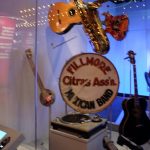 grappled with the difficult content present in “What’s So Funny?”—one of three micro-galleries dedicated to popular entertainment mediums. When we reunited with Dr. Gonzalves, Professor Tiffany Banks highlighted the striking difference that exists between an entertainer’s physical size and their larger-than-life persona. Just consider Lin-Manuel Miranda’s 32” waist, Dr. Gonzalves joked. Professor Cassandra Carter emphasized the nostalgic return to childhood the exhibit’s content could cultivate, and Professor Mike McDavit drew attention to the multigenerational design, such as the display case that featured puppets from every era.
grappled with the difficult content present in “What’s So Funny?”—one of three micro-galleries dedicated to popular entertainment mediums. When we reunited with Dr. Gonzalves, Professor Tiffany Banks highlighted the striking difference that exists between an entertainer’s physical size and their larger-than-life persona. Just consider Lin-Manuel Miranda’s 32” waist, Dr. Gonzalves joked. Professor Cassandra Carter emphasized the nostalgic return to childhood the exhibit’s content could cultivate, and Professor Mike McDavit drew attention to the multigenerational design, such as the display case that featured puppets from every era.
The conversation we shared, while brief, was illuminating, helping all appreciate the magnitude of the exhibit’s journey, execution, and impact. That final piece of the puzzle stayed with me the most, in fact. Dr. Gonzalves spoke to the importance of dwell time—the seconds or minutes a museum visitor dedicates to an artifact or a label. There is only so much space to share crucial context with that visitor’s “Lizard Brain,” requiring poetic approaches to display design, label language, and more. For an exhibit space that asks hard questions about power, place, and identity through the lens of entertainment, I can only hope that the curating team has achieved their dwell time goals, promoting further introspection and conversation for visitors young and old.
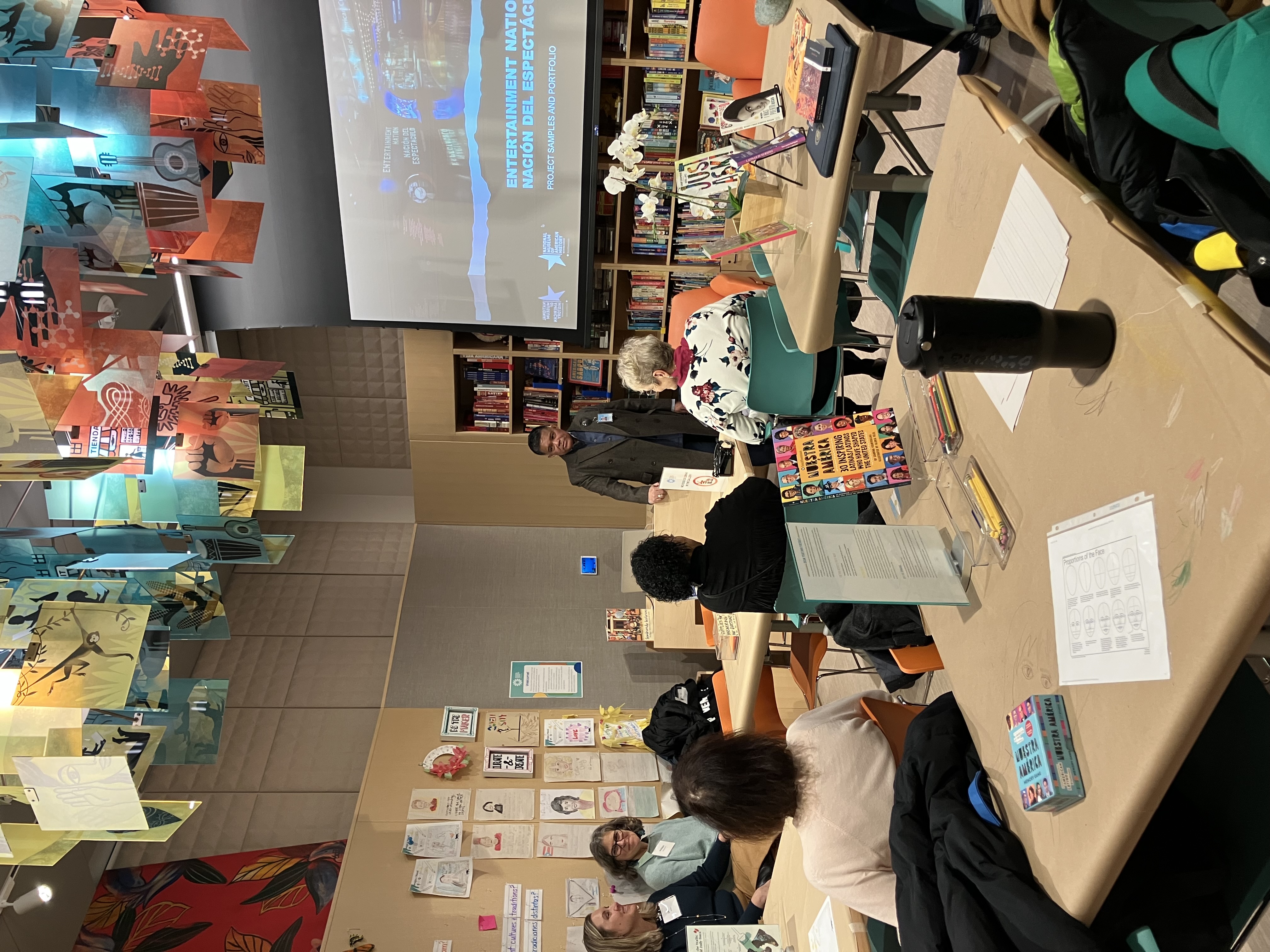
photos courtesy of Denise Dewhurst and Matthew Decker




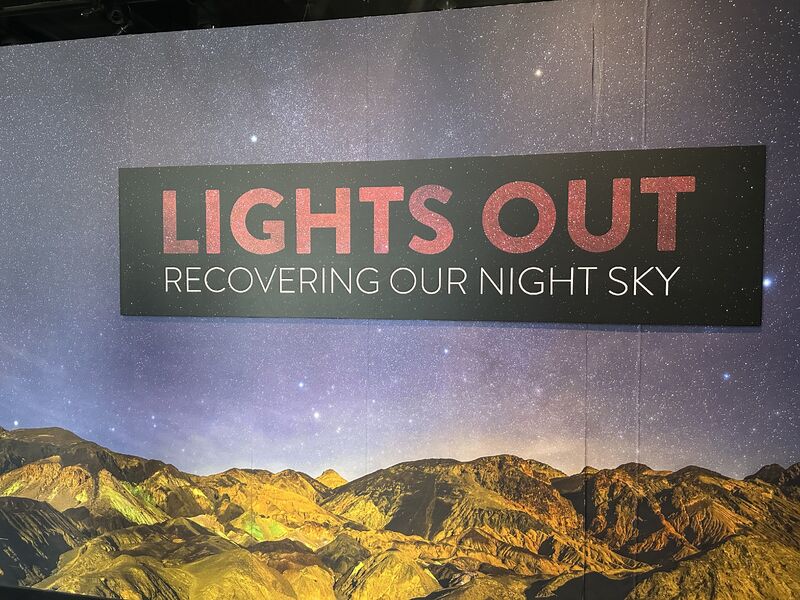
This Post Has 0 Comments